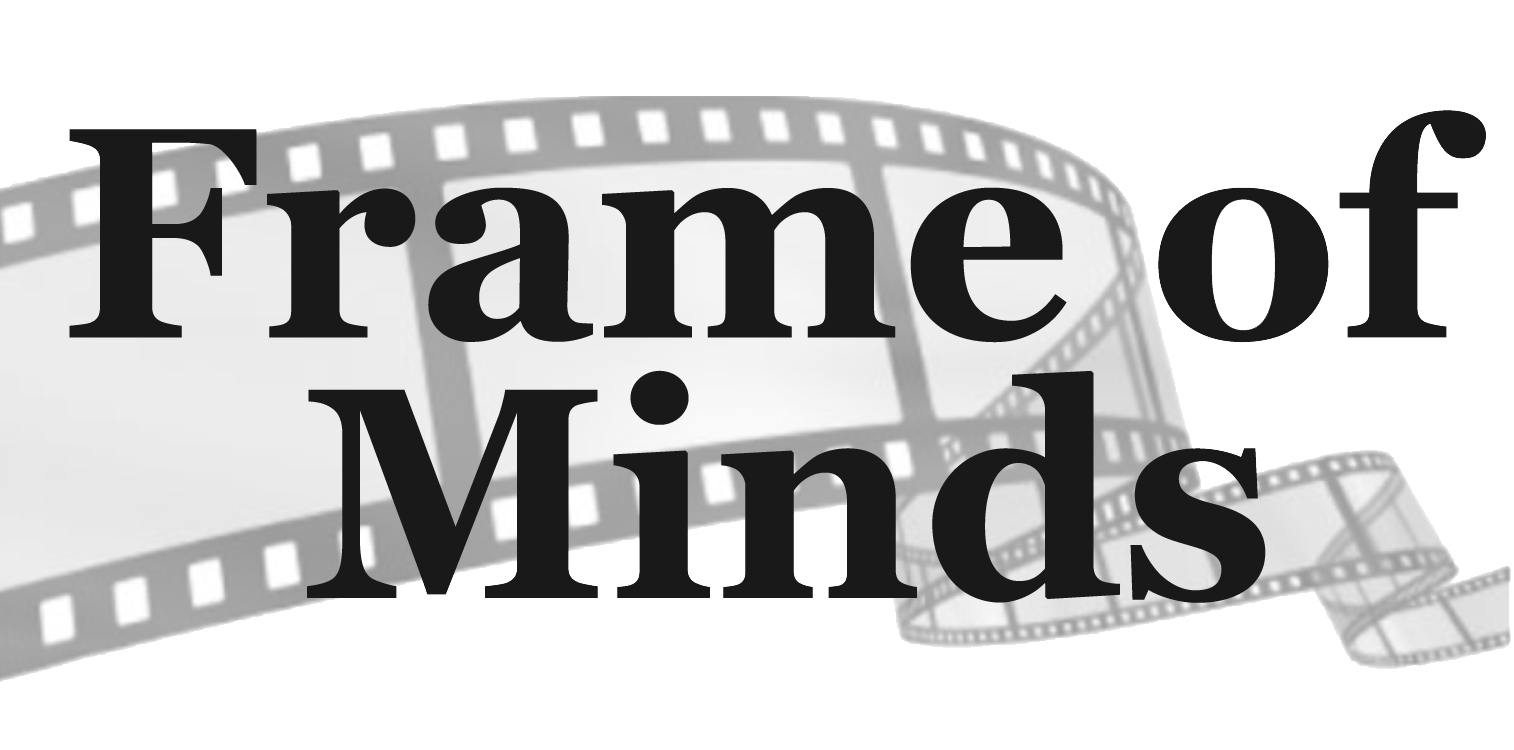6-8.PS1.A.2 Analyze and interpret data on the properties of substances before and after the substances interact to determine if a chemical reaction has occurred. [Clarification Statement: Examples of reactions could include burning sugar or steel wool, fat reacting with sodium hydroxide, and mixing zinc with hydrogen chloride.]
ME.1.C.8.b Describe the physical and chemical properties (e.g., magnetic attraction, conductivity, melting point and boiling point, reactivity) of pure substances (elements or compounds) (e.g., copper wire, aluminum wire, iron, charcoal, sulfur, water, salt, sugar, sodium bicarbonate, galena, quartz, magnetite, pyrite) using appropriate senses and tools
